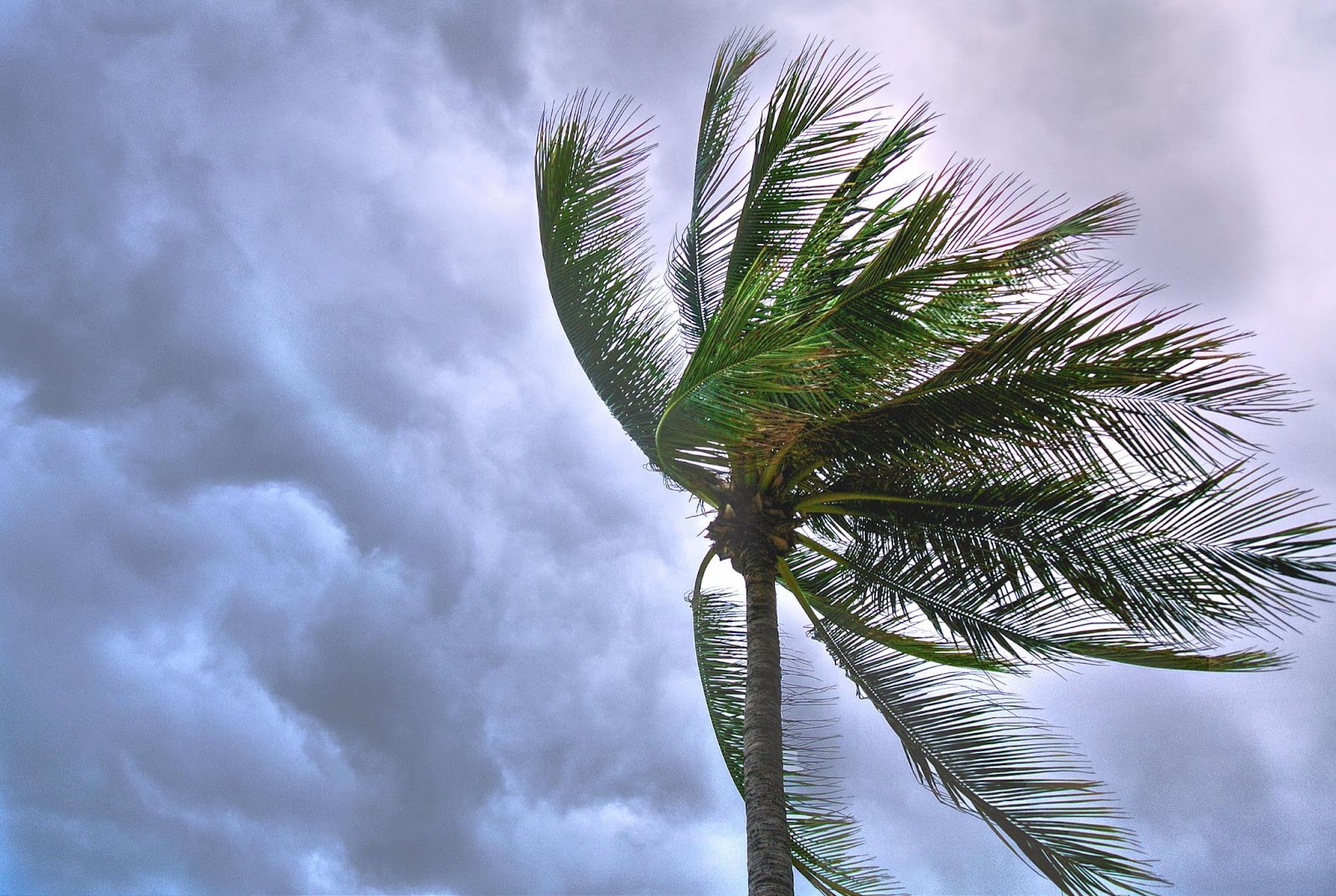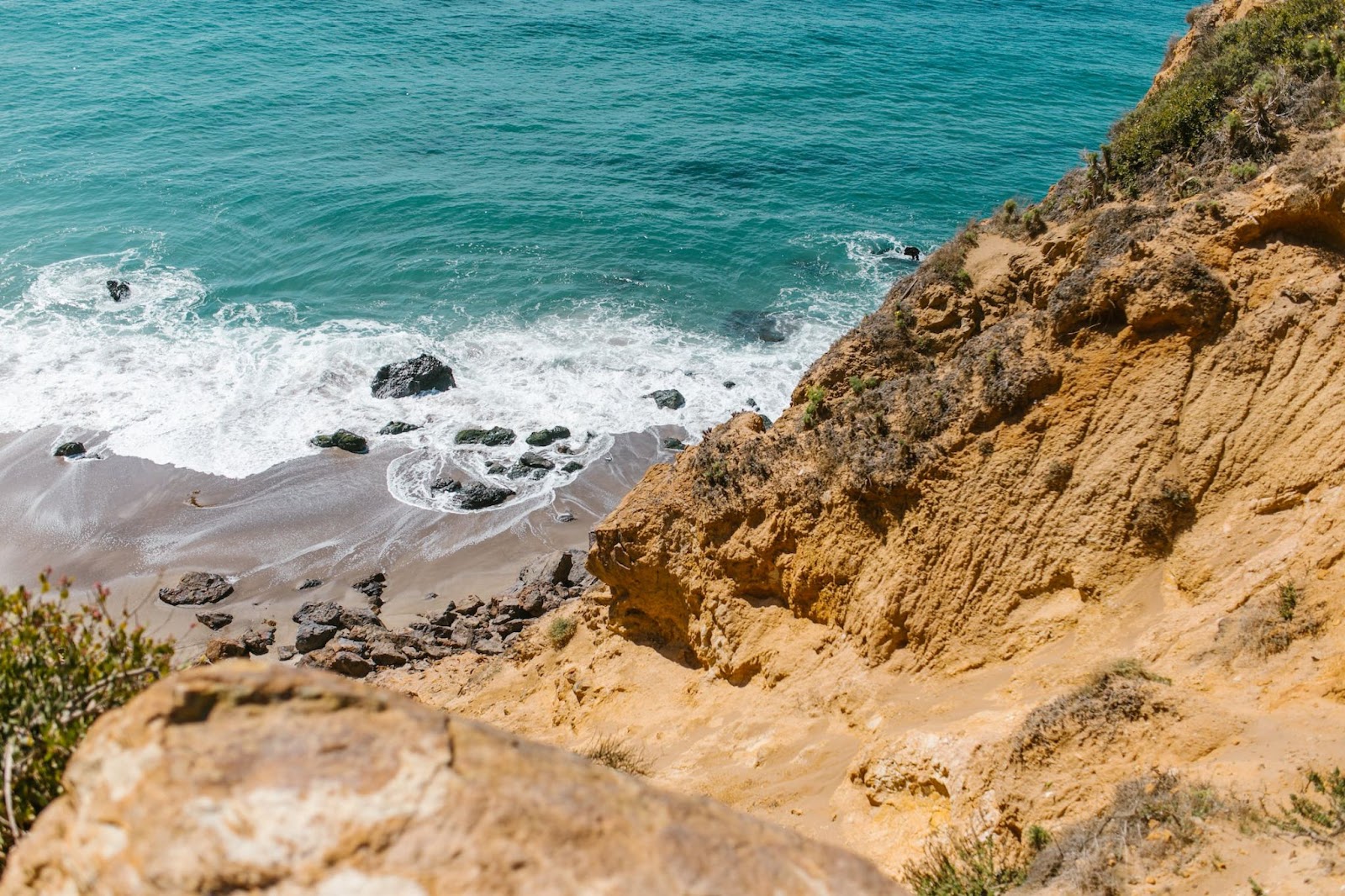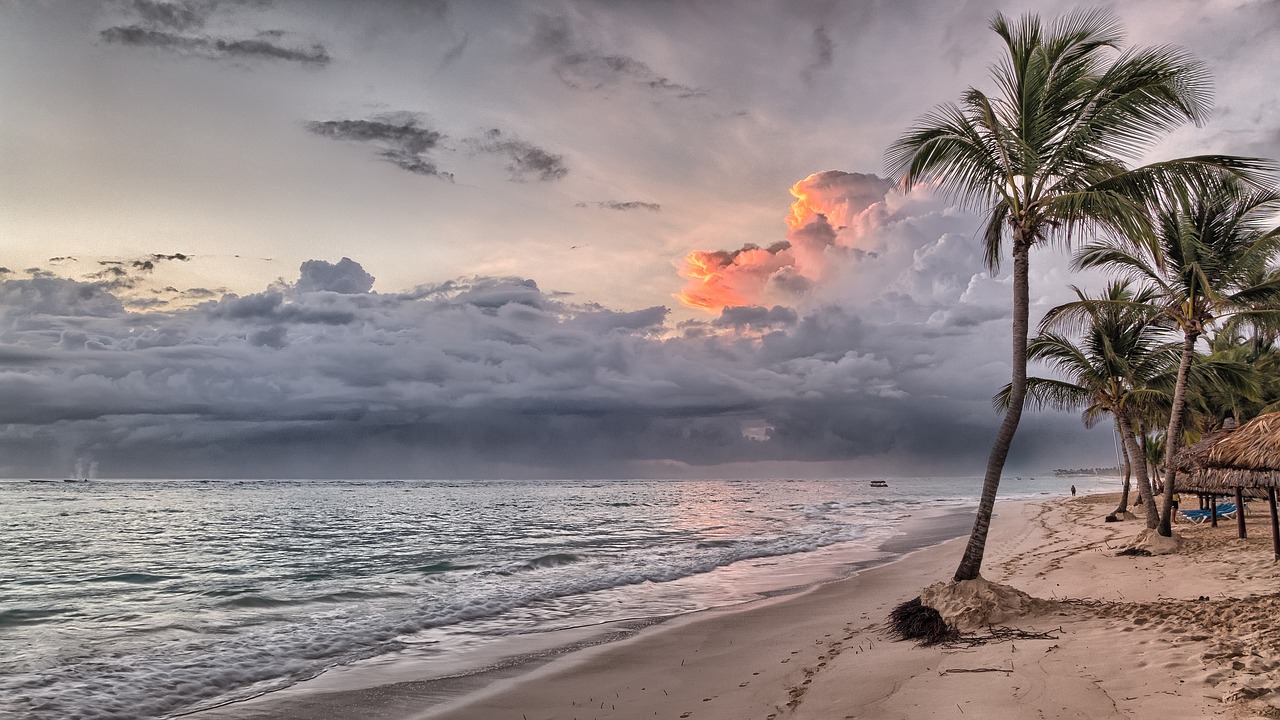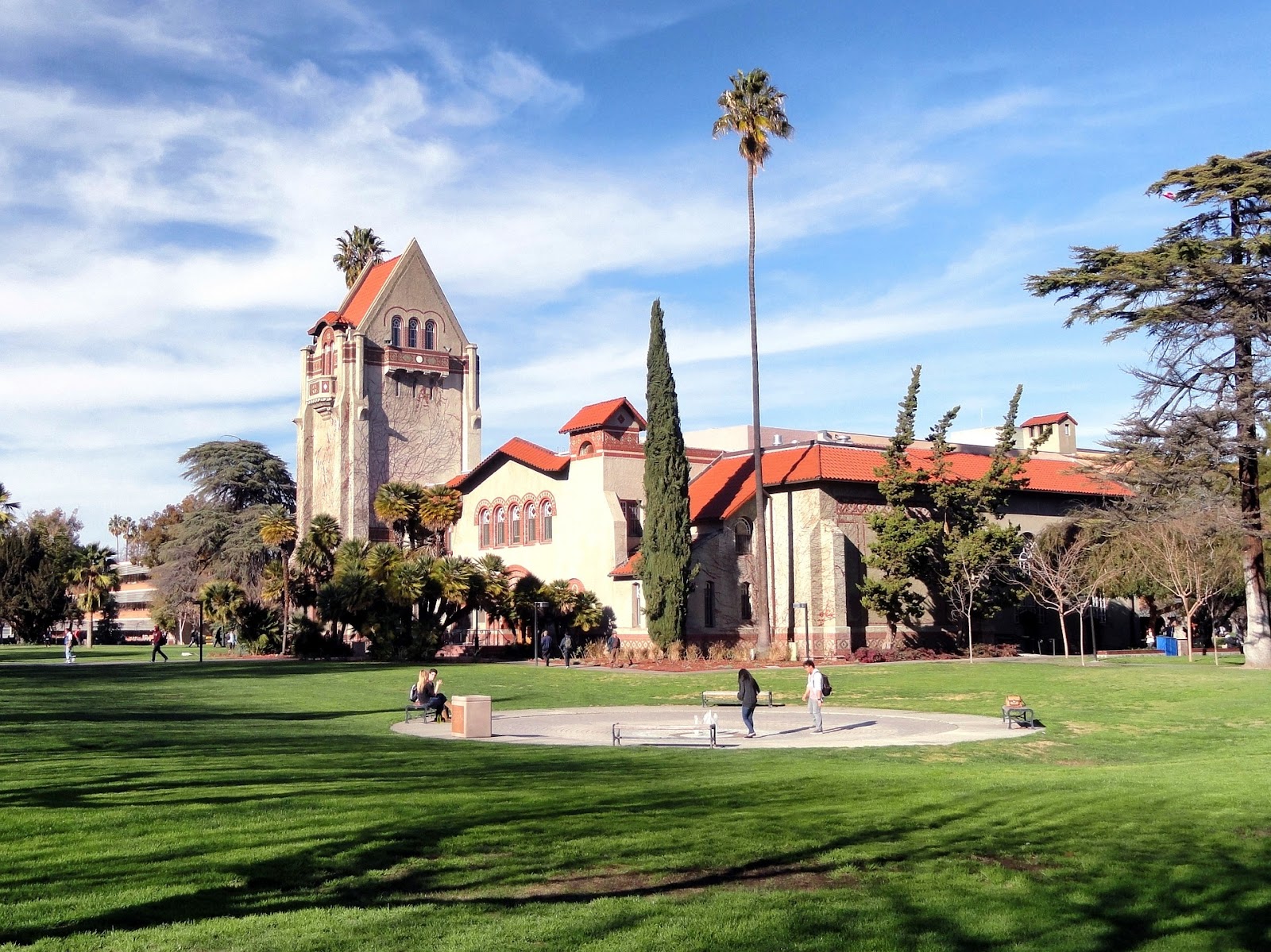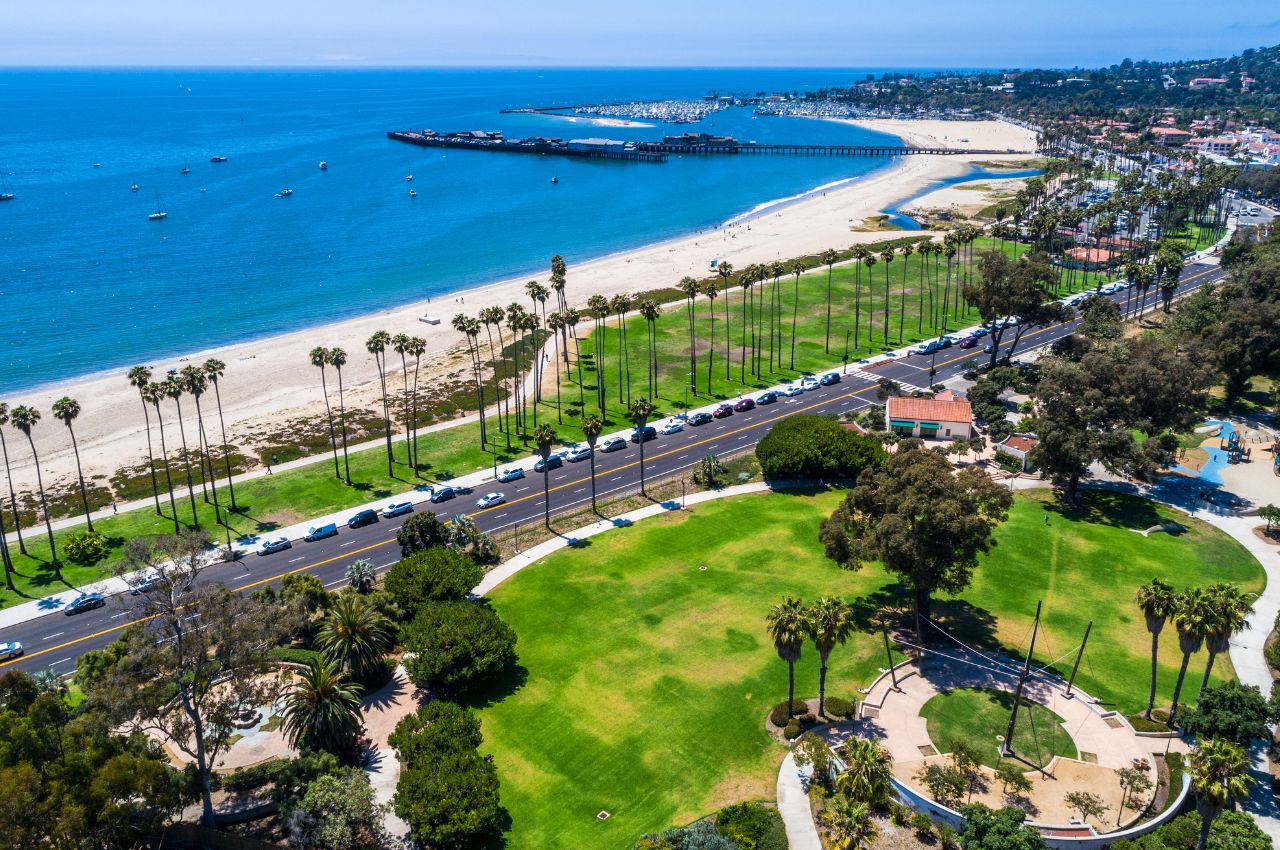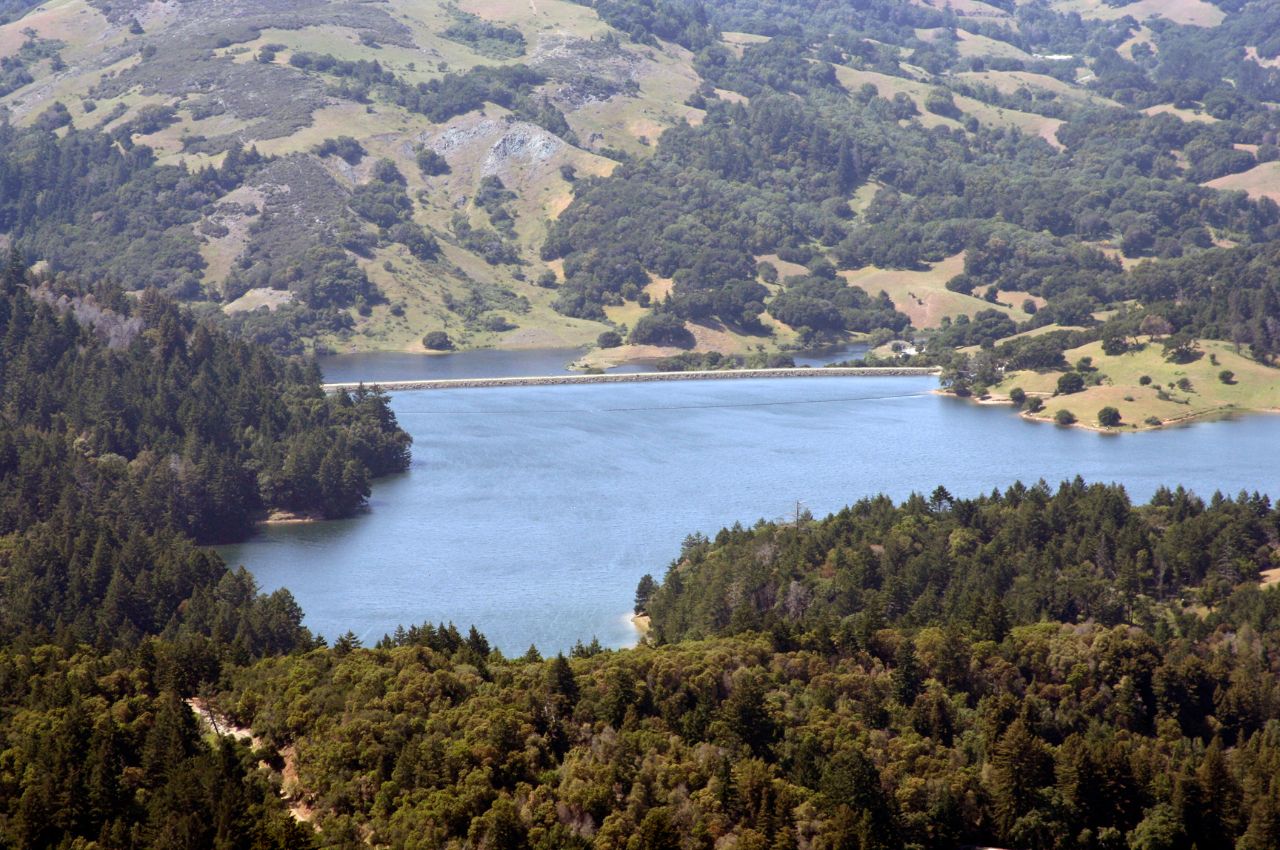This week, a party of nautical tourists went whale watching off the coast of Southern California, but what they saw was extraordinary. Out of a group of orcas, one was particularly noticeable, a white killer whale that went by the nickname “Frosty.” The spectacular sighting that occurred close to Newport Beach has rekindled interest in Frosty, and the unusually pale appearance of this calf has drawn attention from ecological circles throughout the Pacific Coast.
The tour firm spearheading the mission, Newport Landing Whale Watching, posted stunning videos of Frosty swimming elegantly with its pod mates on social media. The sighting, which took place offshore and about ten miles from the shoreline, gave aficionados a unique look into the lives of these magnificent marine predators.
After being initially seen as a newborn in 2019 close to Monterey Bay, Northern California, Frosty’s journey into the spotlight began. Since then, witnesses have seen this mysterious white orca as far north as British Columbia, where its remarkable appearance and distinct presence have captivated onlookers. Frosty is even more alluring because it is a member of the migratory Bigg’s killer whale group and does not behave in the same way as resident or offshore orcas.
Found in every ocean on Earth, orcas are apex predators renowned for their longevity, according to the National Oceanic and Atmospheric Administration (NOAA). Males often achieve adulthood in their pre-teen or teenage years. Females can live anywhere from 50 to 90 years whereas male lifespans are typically between 30 and 60 years. As reported by NOAA, Frosty is extremely rare to lack the classic black-and-white pigmentation typical of killer whales.
According to the Oceanic Society, a nonprofit organization devoted to marine conservation with headquarters in California, Frosty is one of the few killer whales known to be suffering from leucism, a disorder marked by a partial loss of pigmentation. Frosty’s pale, white, or patchy look sets her apart from other animals due to leucism. Researchers have drawn attention to how uncommon this illness is, pointing out that there are very few known cases of these whales globally.
But Frosty’s distinctive look has provoked debate among specialists about her exact state. Although Frosty has been diagnosed as leucistic, others have proposed that she may actually have Chediak-Higashi Syndrome, an autoimmune condition that also affects pigmentation. Although incredibly rare, this disease can cause depigmentation akin to that seen in leucism.
Frosty’s predicament is made more complex by the comparison to another white killer whale, Chimo, which also had Chediak-Higashi Syndrome and died in the early 1970s from problems associated with the ailment. The diagnosis was validated by a postmortem study of Chimo, underscoring the difficulties in distinguishing between several illnesses affecting pigmentation in marine mammals.
Frosty’s continuous presence and sightings provide researchers with important new insights into these amazing animals while also serving as a monument to the adaptability and tenacity of orcas. Every interaction with Frosty provides a window into the variety and beauty of marine life, serving as a constant reminder of the value of conservation initiatives in safeguarding these amazing creatures and their environments.

















































